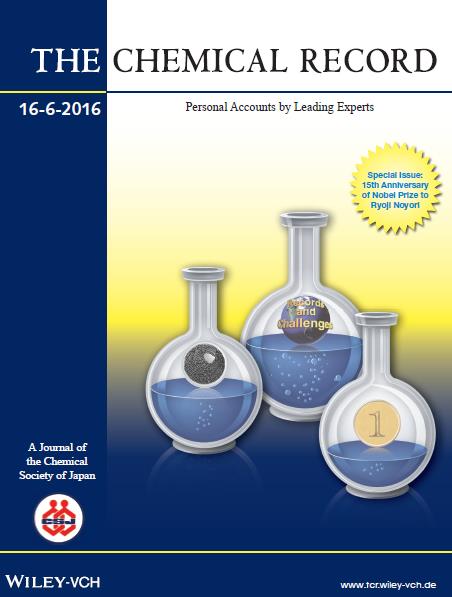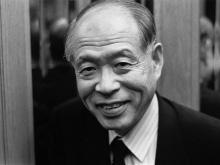In 2016, it was 15 years since the Nobel Prize in Chemistry was awarded to researchers William Knowles, Ryoji Noyori and Barry Sharpless, for their contributions in the field of Asymmetric Catalysis. This discipline is based on a set of chemical reactions related to chiral molecules – those that do not coincide in their behavior, although they have the same nature. The researchers made an effort to study the synthesis of these molecules through the use of catalysts and therein lies the importance of their contribution, since it opened the way for the development of Asymmetric Catalysis.
This award also had a special significance as it was the first Nobel Prize in Chemistry of the 21st century. On the occasion of this anniversary, the magazine The Chemical Record has published a special issue dedicated to Professor Noyori, who developed and improved the general model on catalysis already started by Knowles.
Among the articles compiled in this issue is a review written by Antonio Pizzano, a senior scientist attached to the Institute of Chemical Research (IIQ), part of cicCartuja. In it, Pizzano discusses the application of chiral phosphine-phosphite ligands in Asymmetric Catalysis, introduced in 1993 and which have since shown a very wide range of applications. In his contribution to the journal, Pizzano also summarizes the research carried out at the IIQ on ruthenium, rhodium and iridium complexes based on these ligands.
For more information on the issue dedicated to the 15th anniversary of the Nobel Prize for Ryoji Noyori:
http://onlinelibrary.wiley.com/doi/10.1002/tcr.v16.6/issuetoc
To read the article by Antonio Pizzano:
http://onlinelibrary.wiley.com/doi/10.1002/tcr.201600076/full




